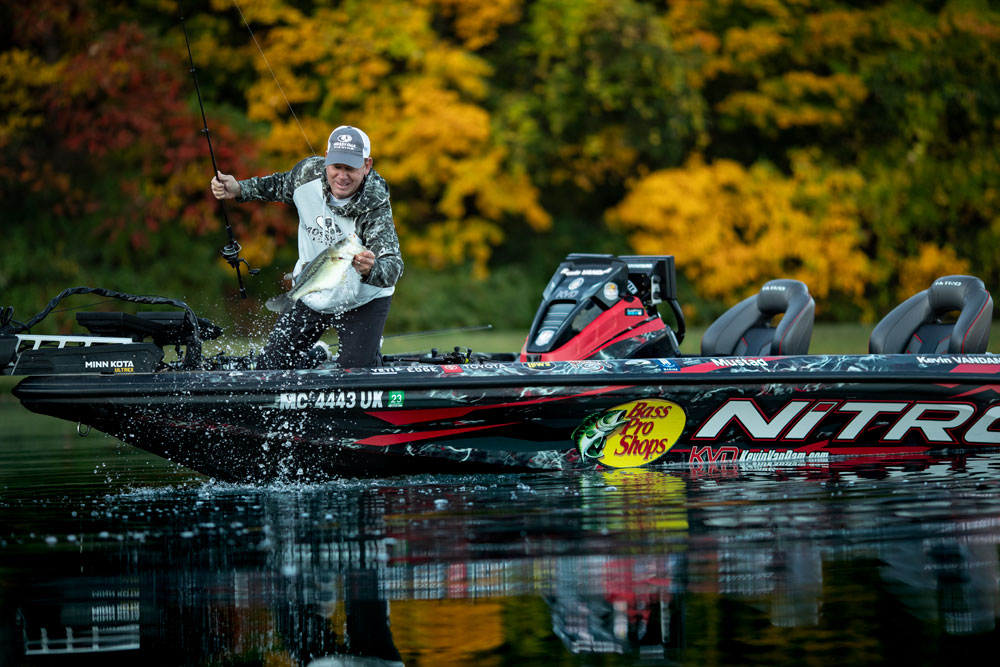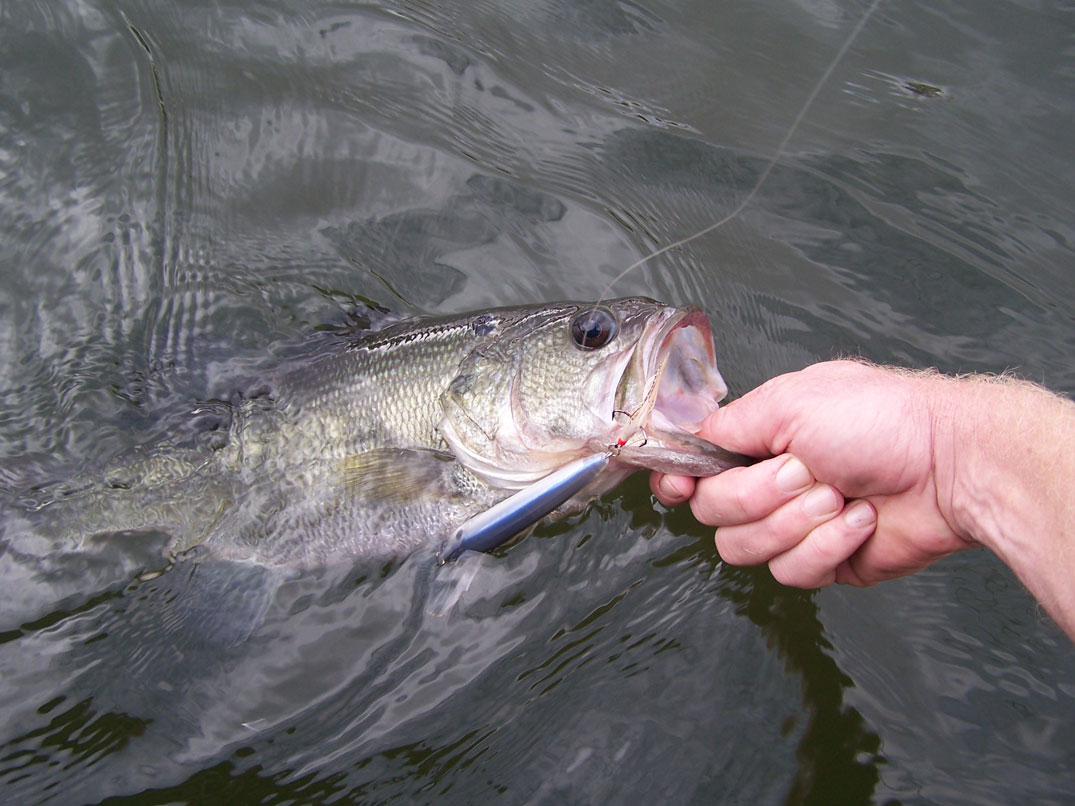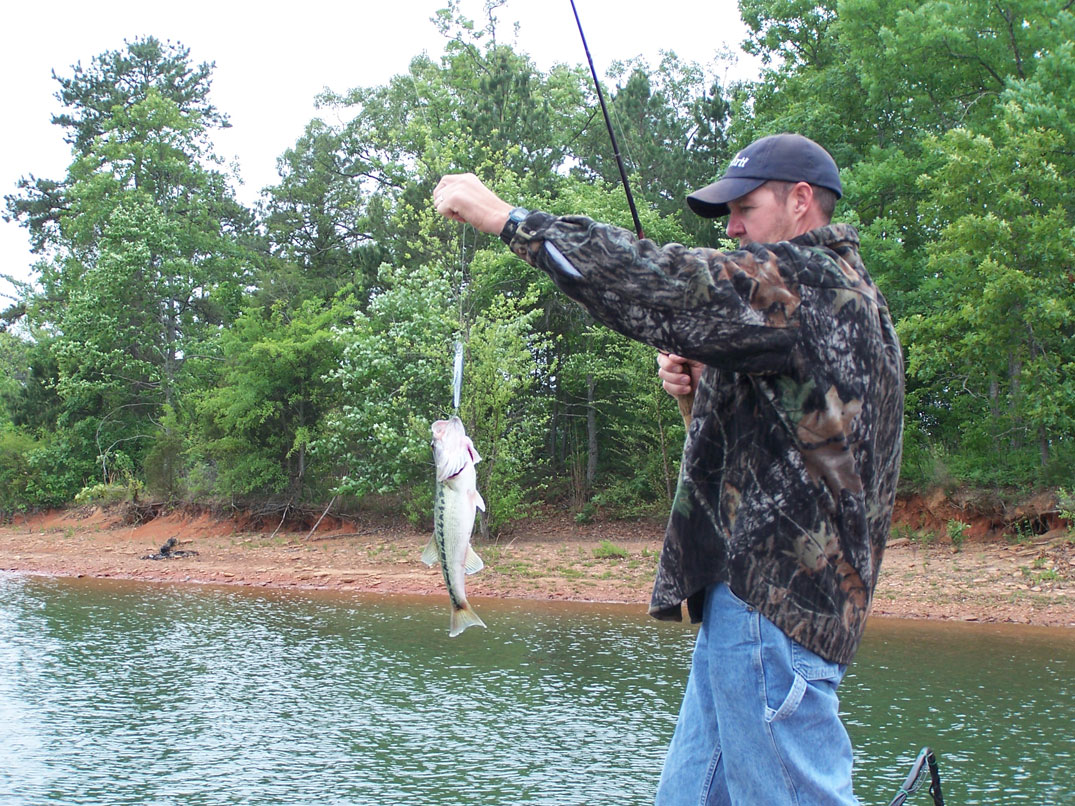Phillip Gentry
Nearly every bass angler across the globe utters a little sigh of relief when the hottest days of summer begin to temper heralding the beginning of the fall season. Unfortunately, one of the results is that water that has stratified over the long summer is about to turn and go the other way.

The resulting “turnover” period occurs when the hottest water at the surface begins to cool and sink, blending with the remainder of the water column and dissipating thermocline layers that have been the summer hangout for a lot of bass.
Like most things, there is more to fear in the fear of the turnover than actually fishing during it. To this end, there are several strategies that can help anglers not only deal with the natural phenomenon, but actually catch some decent fish in the process.
Not all water turns over at the same time. Just like stratification in the late spring, not all turnover occurs exactly at the same time so the best course of action is to move if you find yourself in water that is turning over.
Identifying when water is turning over is half the battle. Some of the signs include a dark, stained, or dingy appearance to the water color. Some anglers have reported a slight odor, presumably bottom layer water steeped in decaying material now rising to the surface. Another factor may be a frothy or foamy appearance or even a slight file on the surface in some cases.

FALL TURNOVER AND HOW IT AFFECTS FISHING
Probably the number one factor is a lack of activity. No fish, no bites, no bait, just “dead water”. Time to stow the trolling motor and go.
Hit the Shallows. Shallow water not deep enough to stratify is a good option. Shallow water doesn’t mean adjacent to deeper water, since bleed-over is a possibility. Look for a long stretch of shallow flat or the far back end of a shallow cove, cut, or bay.
The problem with fishing extreme shallows is anything other than a stealthy approach can spook fish. Ideally, a long shallow flat with a slight drop off at the water’s edge is a good bet.
Moving water doesn’t stratify. The most typical long shallow flat with deeper water or a slight drop off on the other side is a creek channel coming into the back of an area. Moving water is typically cooler than the surrounding area and the current will prevent mixing of water so it’s a double plus. If you consider that a shallow flat drops off into a creek channel with some moving water, then you have very likely found some stellar potential bass holding water.
Look for signs of life. A body of water with considerable marine life in and around it is seldom dead still and calm. Look for baitfish flipping on the surface or showing up on the graph. Scan the lakeshore. Are there wading birds out hunting? Waterfowl in the area? The occasional fish breaking on the surface?
Of these various signs, the presence of baitfish is the most important. As water temperatures moderate, the metabolisms on not just bass, but all fish species will resume to normal from a lethargic, hot water state. Expect feeding activity to increase, particularly early and late in the day.
Follow The Wind. Another good strategy when combatting the fall turnover is to fish windy points, especially those that stick out into the main lake. Just like flow current, wind current ill stir up the water and make the conditions more comfortable for bass and bait and stimulate feeding. The unfortunate side is that windy days during the fall, unlike the spring, can be few and far between. You may have some discernable air flows, but the more wind the better during the fall.

Approach these areas from the leeward side so that you can cast you bait into the wind and work it back in the direction of the current. Since bass will typically face into the current when looking for food, this will make the odds of connecting even better.
A final thought about the turnover is to look for vertical structure – typically manmade where fish can adjust up or down over deep water. Bottleneck bridge pilings are the number one choice here since the bottleneck typically means a creek channel which directs water flow as well as wind so water in these areas should be adequately mixed and oxygenated.




























